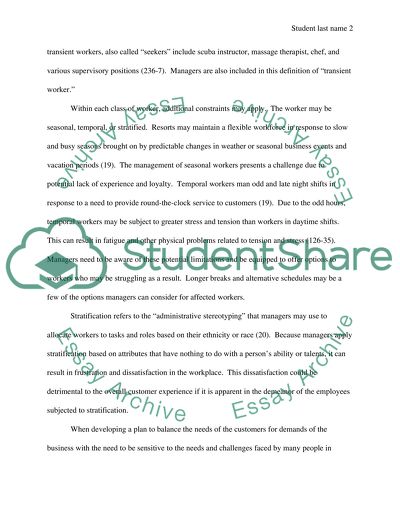Cite this document
(“Book Paradise Laborers Hotel work in Global Economy Patricia Adler and Report/Review”, n.d.)
Retrieved from https://studentshare.org/family-consumer-science/1418987-book-paradise-laborers-hotel-work-in-global
Retrieved from https://studentshare.org/family-consumer-science/1418987-book-paradise-laborers-hotel-work-in-global
(Book Paradise Laborers Hotel Work in Global Economy Patricia Adler and Report/Review)
https://studentshare.org/family-consumer-science/1418987-book-paradise-laborers-hotel-work-in-global.
https://studentshare.org/family-consumer-science/1418987-book-paradise-laborers-hotel-work-in-global.
“Book Paradise Laborers Hotel Work in Global Economy Patricia Adler and Report/Review”, n.d. https://studentshare.org/family-consumer-science/1418987-book-paradise-laborers-hotel-work-in-global.


